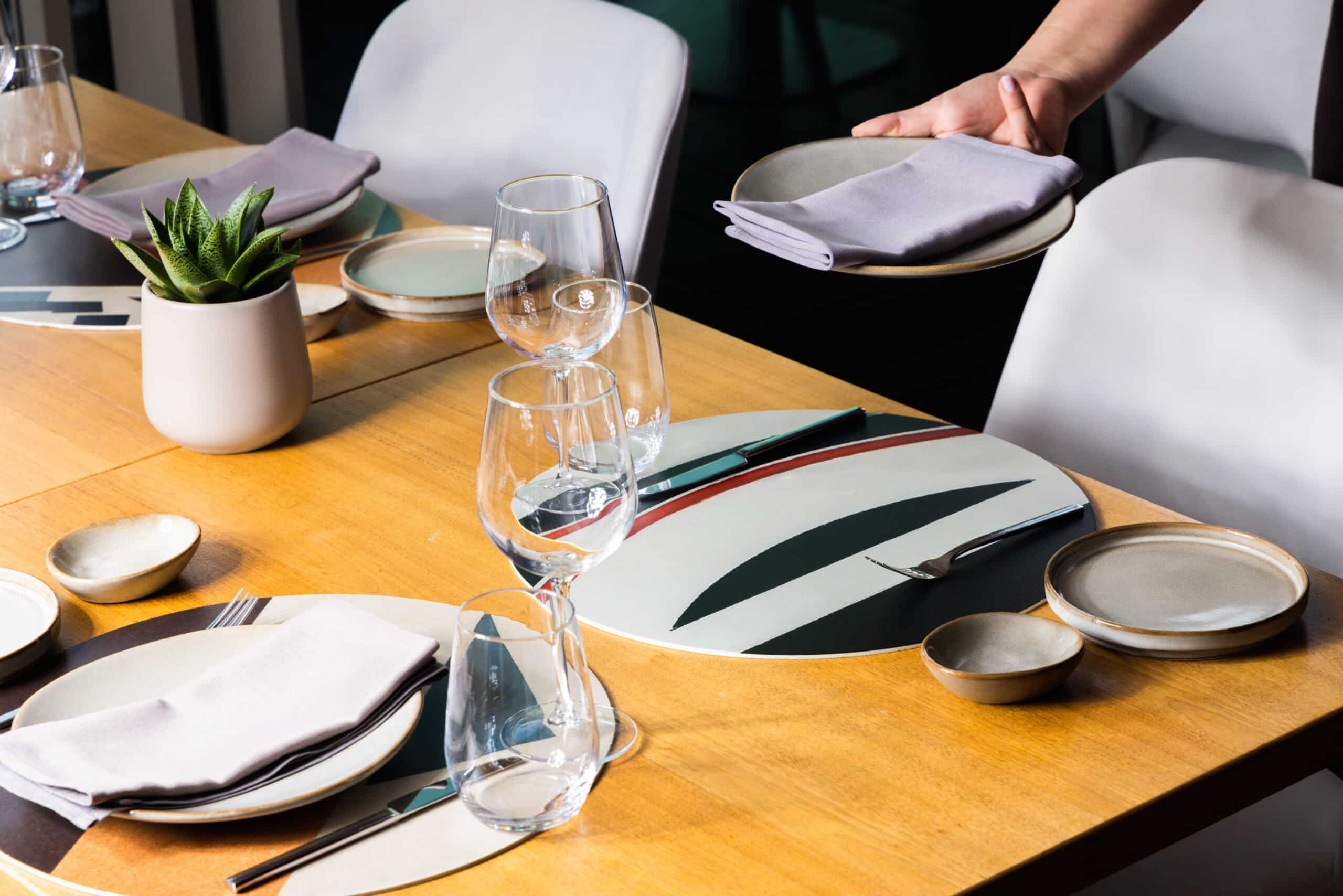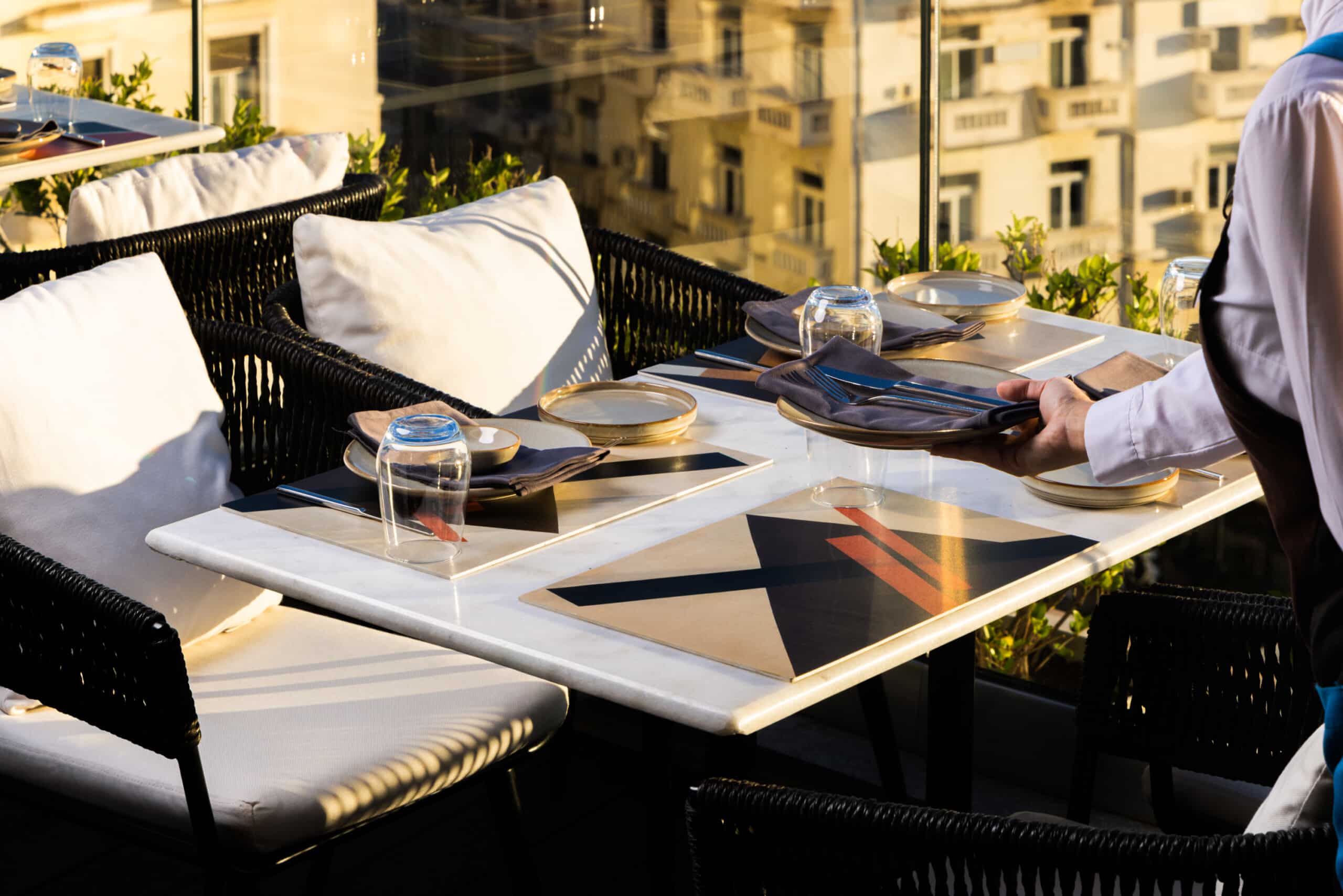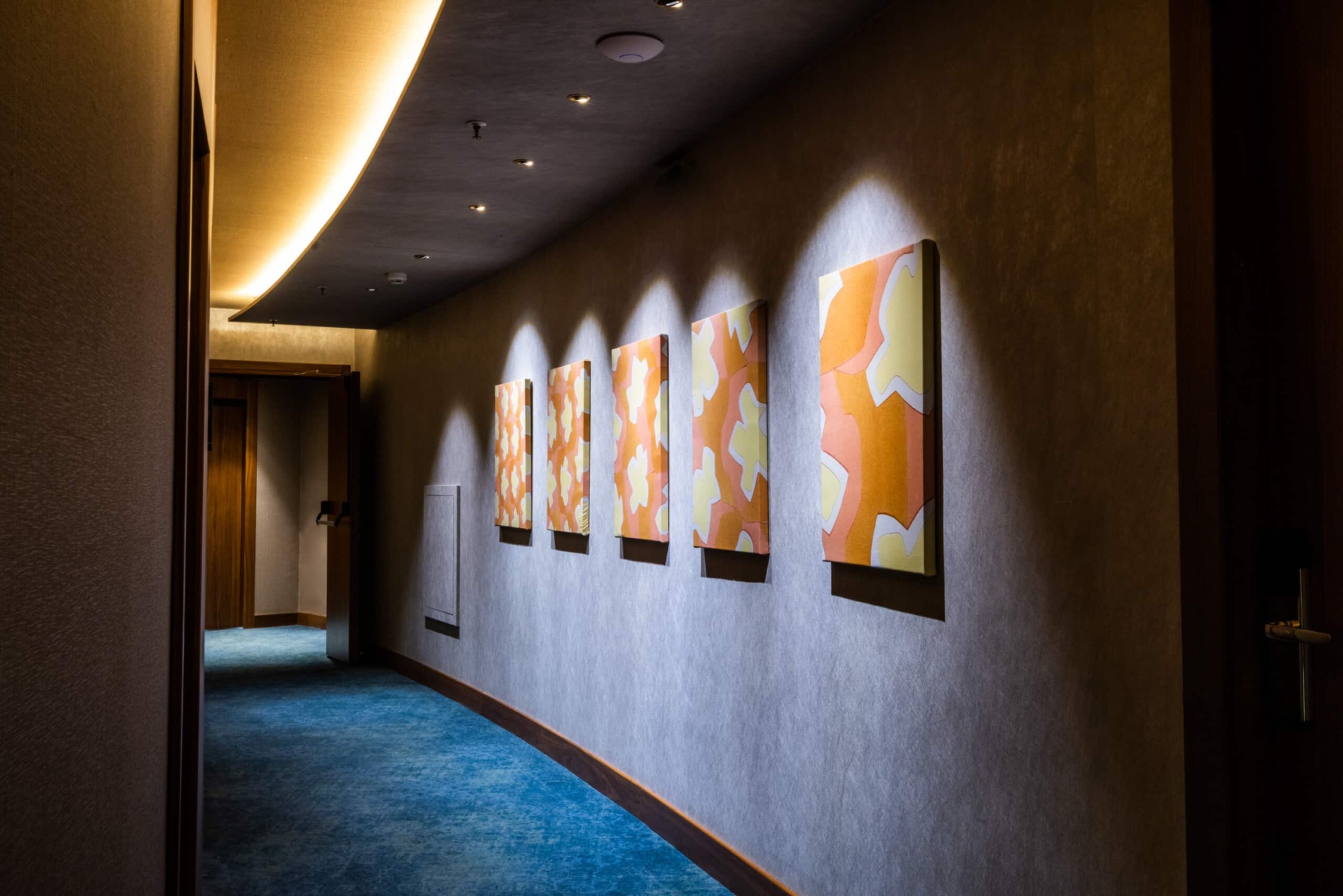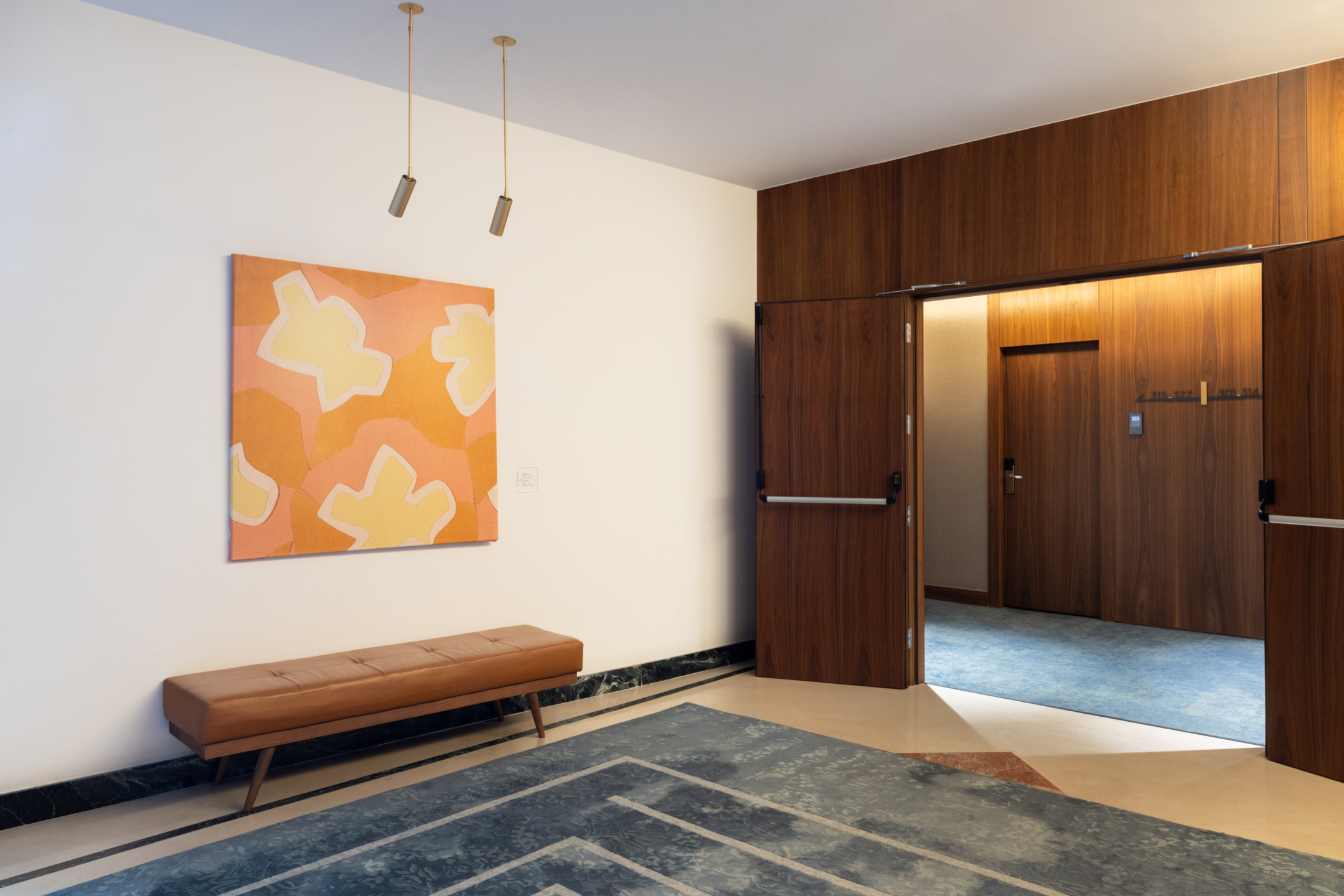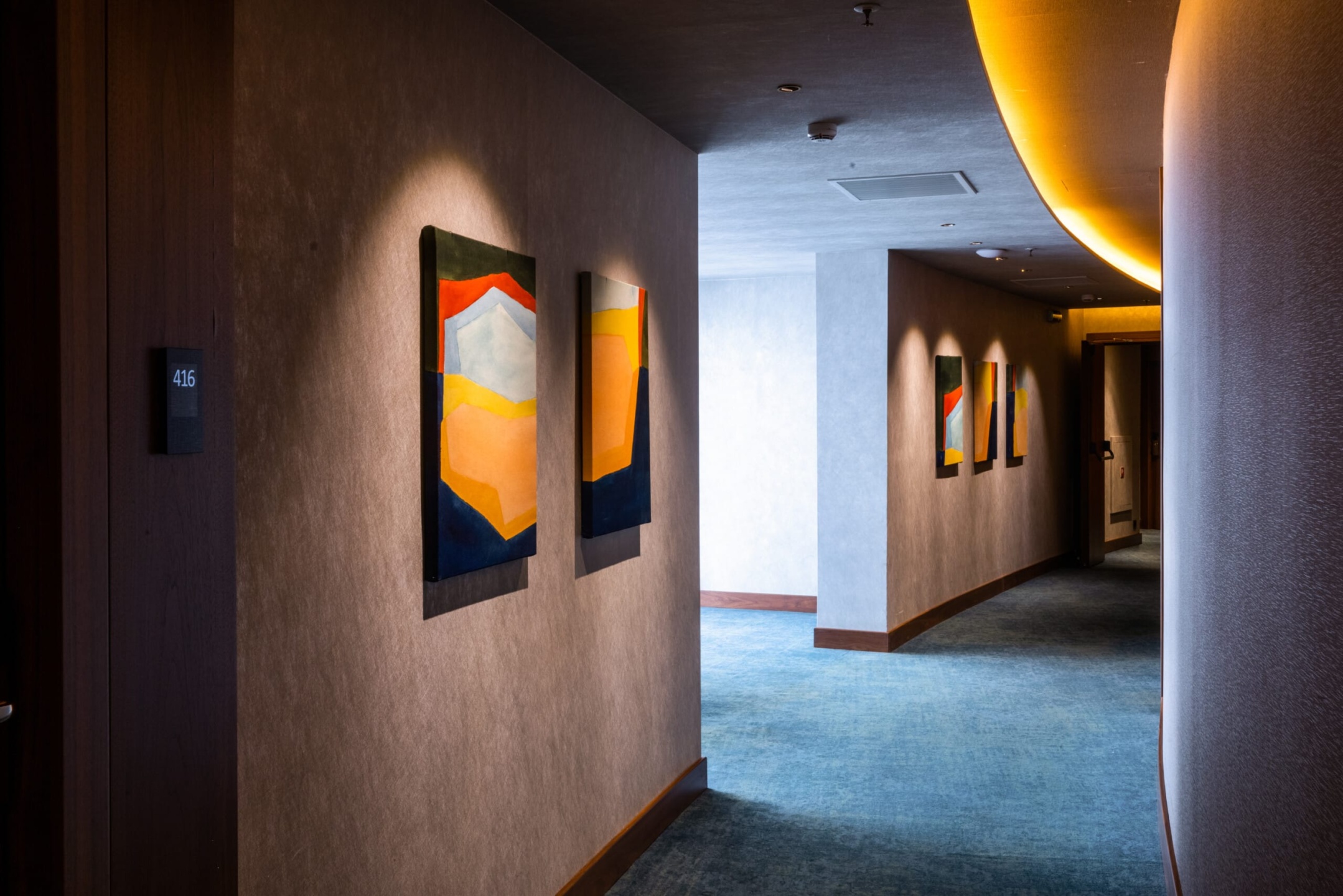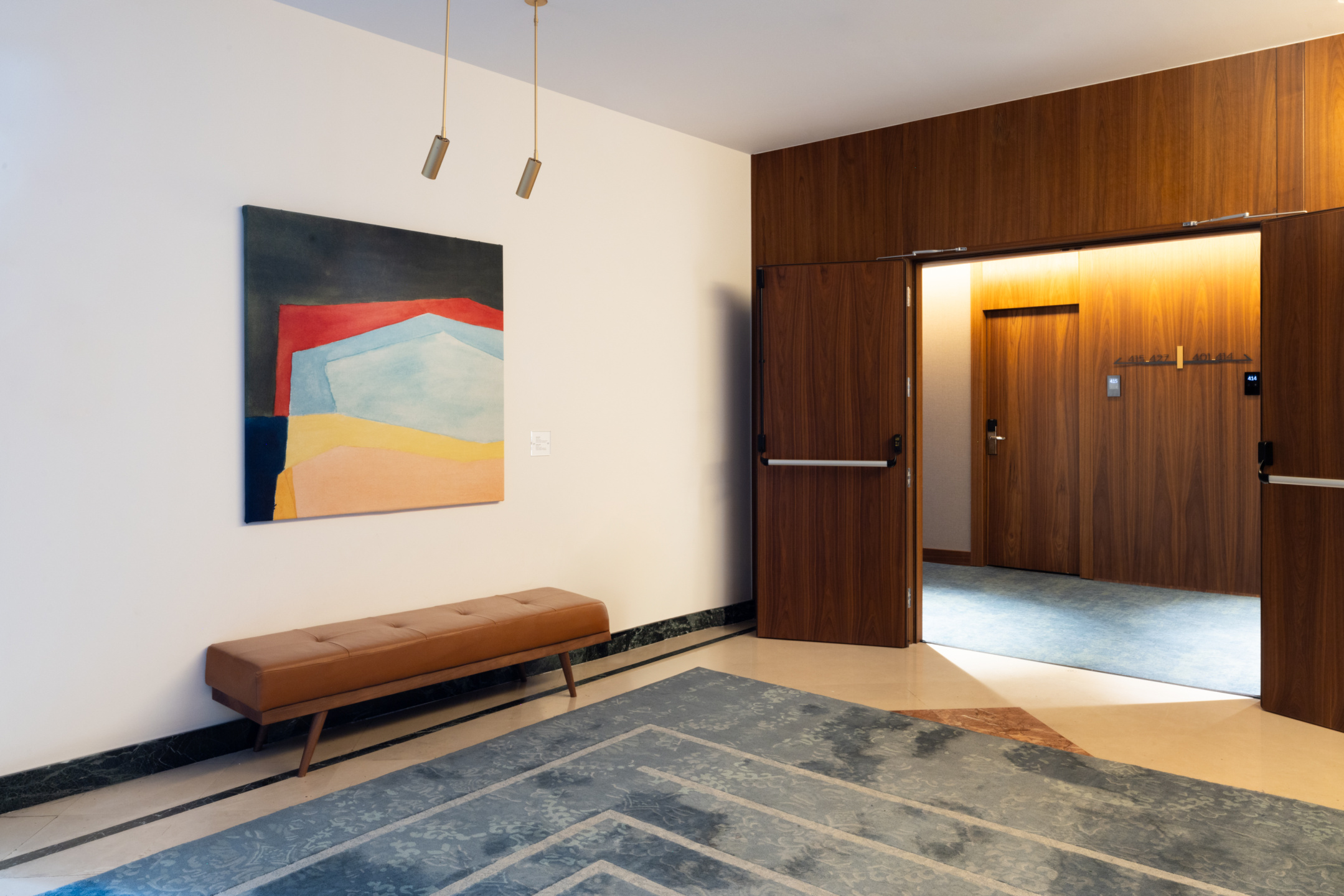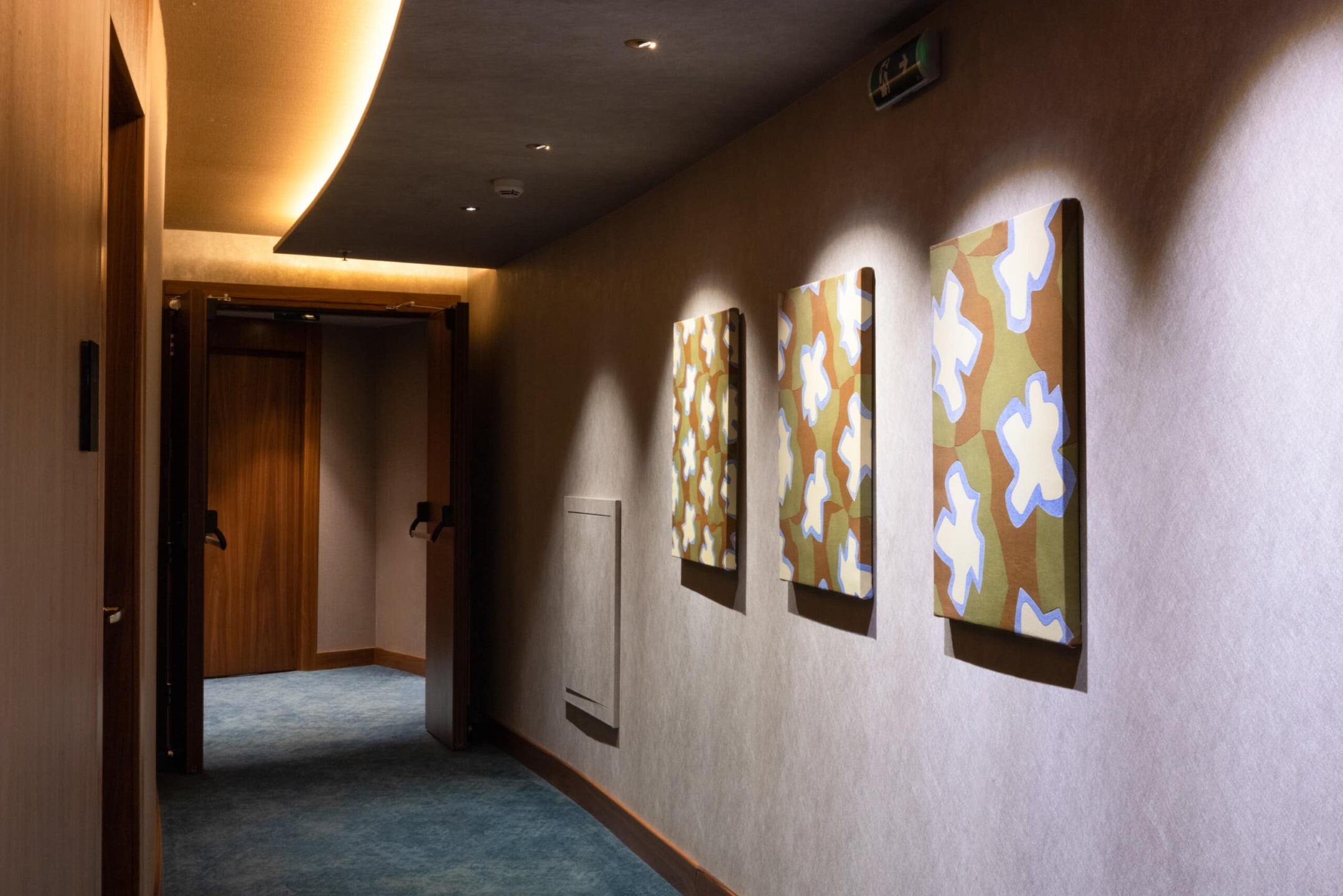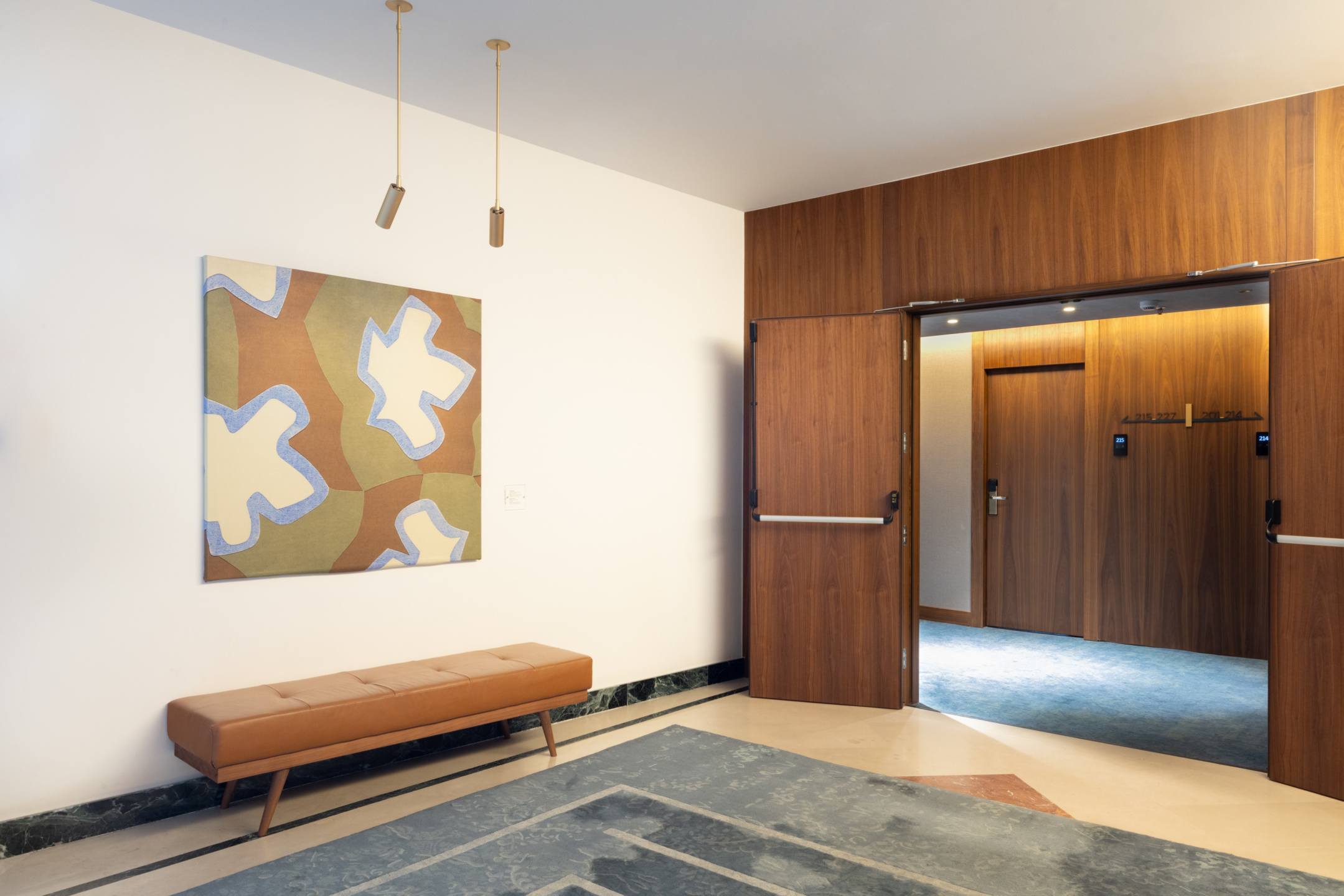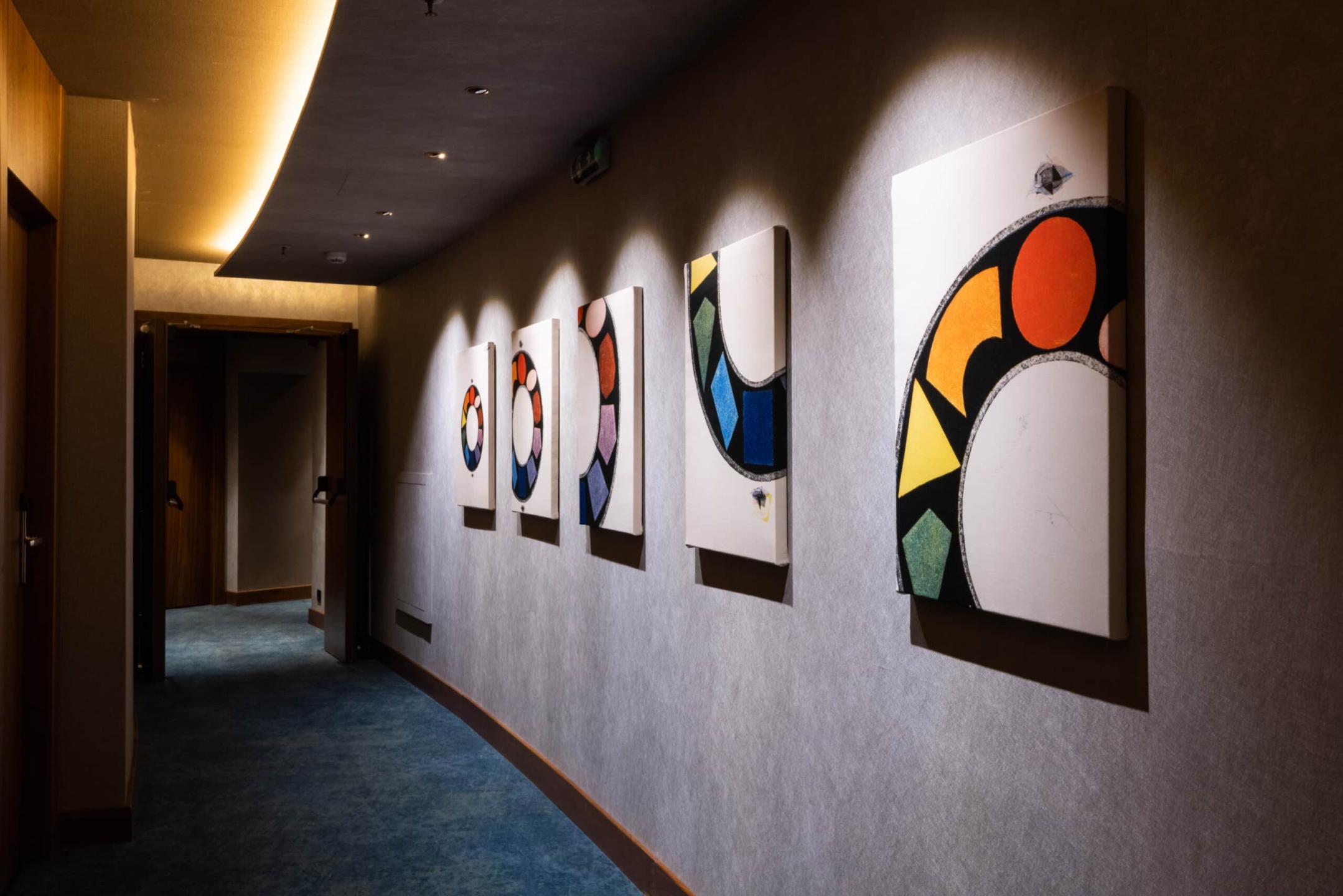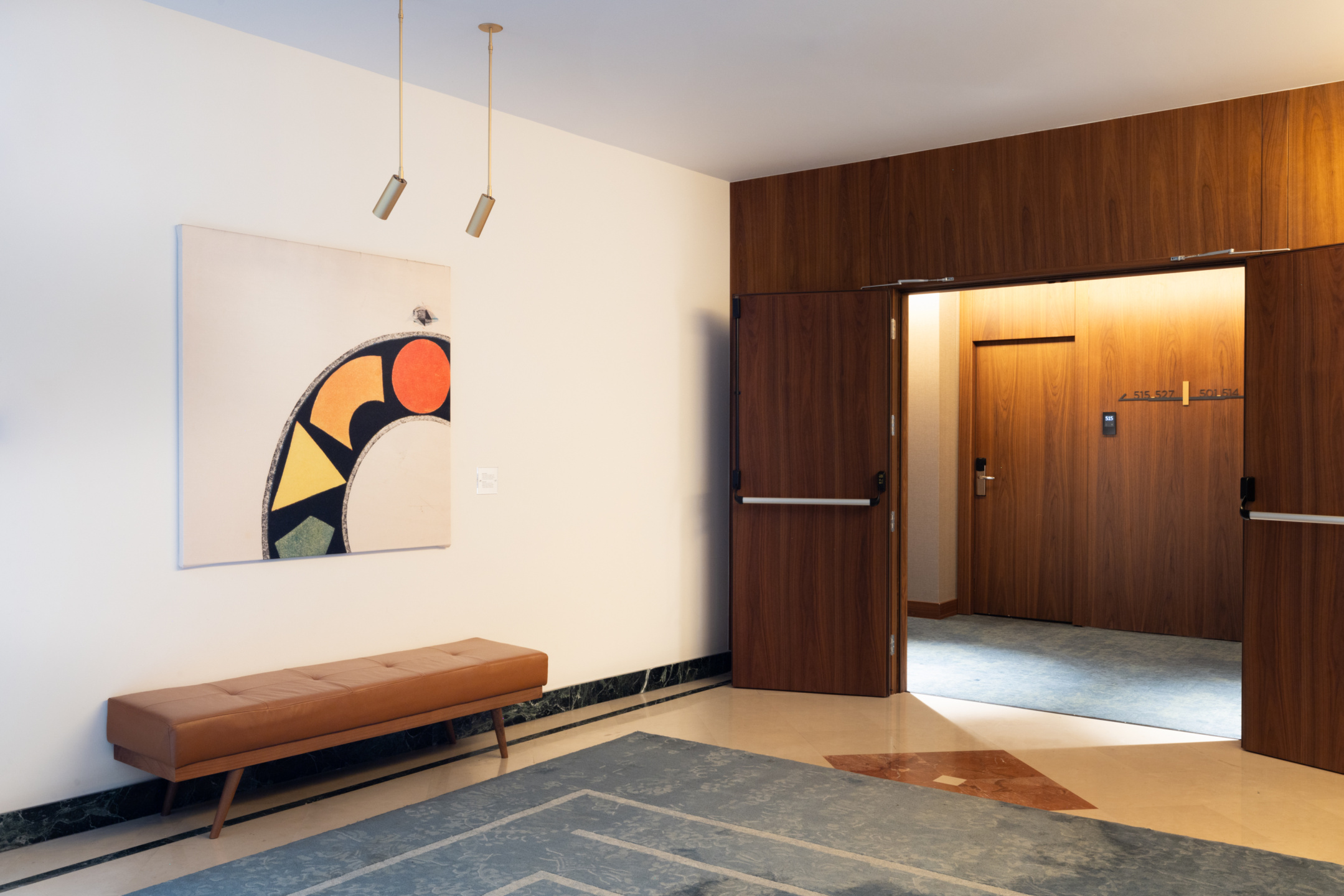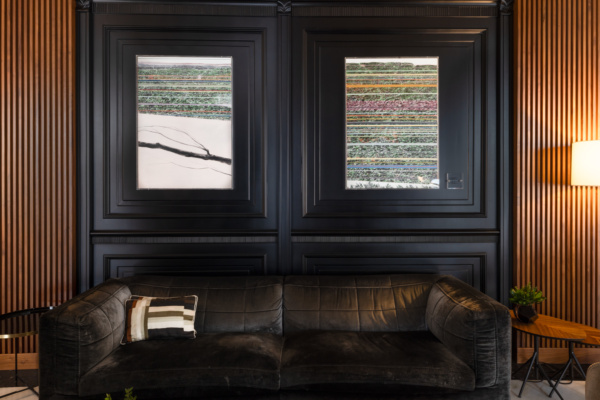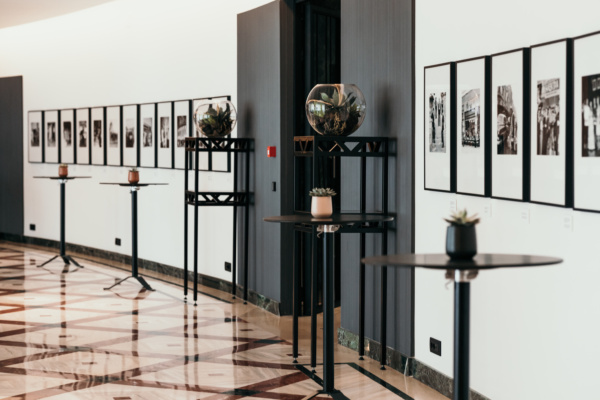Artworks from Costakis Collection
George Costakis, born in Moscow in 1913, was the son of a merchant from Zakynthos, who relocated to the Russian capital with his family. He initially worked as a driver for the Greek embassy until 1940, after which he continued his work at the Canadian embassy due to the war’s closure of the Greek embassy. Despite lacking formal art education, possessing however a remarkable aesthetic instinct, in 1946, he was profoundly influenced by a painting by Olga Rozanova, sparking his interest in Russian experimental art from the early 20th century. He diligently collected works from Avant-garde artists for over three decades, saving this vital aspect of 20th-century art from obscurity.
Costakis firmly believed that appreciating Avant-garde art was crucial, foreseeing its future value. During the 1960s and 1970s, Costakis’ Moscow apartment became an unofficial Museum of Modern Art, frequented by young painters and students, foreign diplomats and politicians, famous artists, writers, and musicians. In 1977, he left Moscow and donated a significant portion of his collection to the Tretyakov Gallery. He passed away in Athens in 1990.
The remaining 1,277 works were acquired by the Greek state in 2000 and became the core collection of the State Museum of Contemporary Art in Thessaloniki, now known as MOMus-Museum of Modern Art-Costakis Collection. The Costakis family also generously contributed the Costakis archive, containing crucial documents from the Russian avant-garde period.
The works utilized from the Costakis collection belong to four artists of the Russian Avant-garde: Ksenia Ender, Antonina Sofronova, Lyubov Popova and Ivan Kliun.
Ksenia Ender employed her perception of ever-changing shapes and colors through the organic movement of nature in her painting. Antonina Sofronova experimented extensively with the infinite possibilities offered by the circle and the line, in combinations of primary colors.
Lyubov Popova, having traversed various avant-garde movements, eventually became one of the most prominent representatives of constructivism and worked as a textile designer, graphic artist, set designer, and costume designer.
Ivan Kliun, in his study on the relation between color and form, created a series of drawings of color scales and alternating geometric shapes. He also studied the different kinds of forms and the rules of composition.
The content about the Costakis collection from MOMus was based on texts by Maria Tsantsanoglou, Art historian, director of ΜΟΜus-Museum of Modern Art-Costakis Collection.
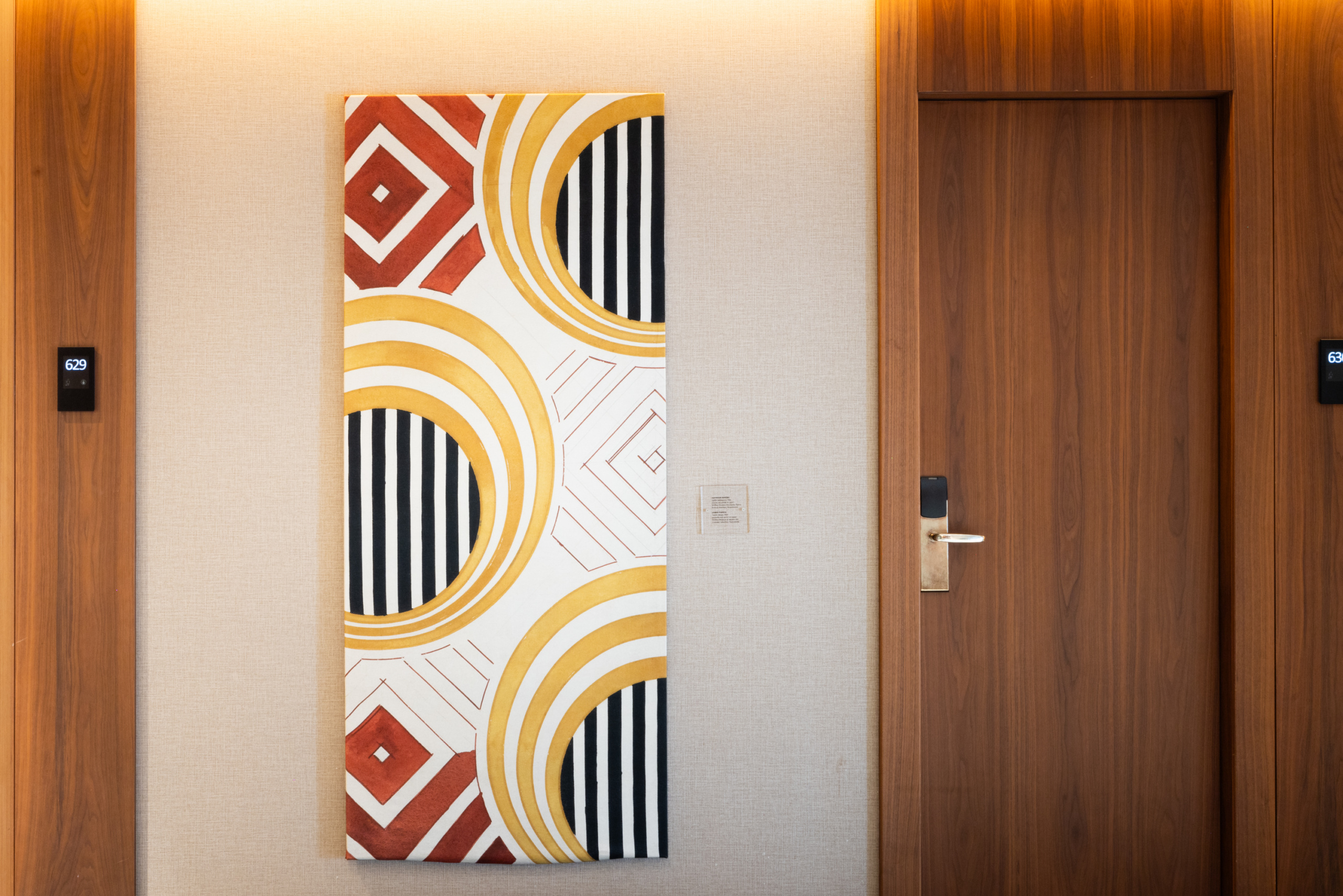
Ksenia Ender (1897-1942), study for tobacco box, gouache on paper, 1926, MOMus-Museum of Modern Art-Costakis Collection
Antonina Sofronova (1892-1966), Geometrical composition, ink and gouache on paper, 1922, MOMus-Museum of Modern Art-Costakis Collection
Liubov Popova (1889-1924), Untitled, gouache and collage on paper, ca 1917, MOMusMuseum of Modern Art-Costakis Collection
Artworks that have been used for Sous Plat
